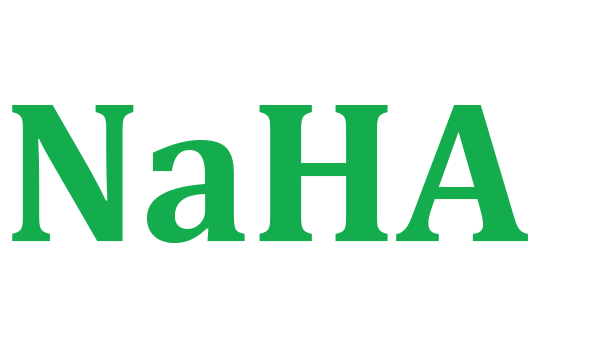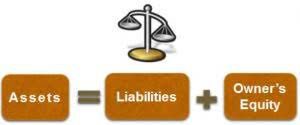Thomas Doe
Social WorkerNulla totam rem metus nunc hendrerit ex voluptatum deleniti laboris, assumenda suspendisse, maecenas malesuada morbi a voluptate massa! Hendrerit, egestas.


In general, EFTs are quicker than paper methods – other than cash. Often known as e-cheques, electronic cheques are payments made online or via other networks. They’re similar to paper cheques but can be made in fewer steps and have extra security features including encryption. They usually have low fees (sometimes under $1) and transfers normally take between three and five business days.

Every EFT transaction passes through security protocols that protect the funds and personal data involved. By using encryption and two-factor authentication, EFT ensures that payments are safer than handling cash or physical checks. Paystand is on a mission to create a more open financial system, starting with B2B payments. Using blockchain and cloud technology, we pioneered Payments-as-a-Service to digitize and automate your entire cash lifecycle. Our software makes it possible to digitize receivables, automate processing, reduce time-to-cash, eliminate transaction fees, and enable new revenue. While transmitting over the internet involves risk, EFT is generally considered a safer payment method than a traditional paper check.
From there, payments are debited from the payer’s account to a secured trust account. The payer’s account then becomes Bookkeeping for Painters a system of record, storing and hosting all files needed for reconciliation. There is no clear difference between ACH and EFT, mostly because they are, in a sense, one and the same. You can think of ACH transactions to be a subcategory of EFTs, where some EFT payment processes are built on top of an ACH infrastructure.
Essentially, it’s a fast, easy and very traceable way to transfer money. There are different fees for different EFTs that depend upon the network. The other reason for electronic fund transfers being cost-effective is the use of paper checks. Ultimately, there are no chances of checks being returned or lost. It lowers the cost corresponding to the traditional payment method. One of the benefits of electronic funds transfers is the speed they can be delivered.
Whenever debit cards, direct bank deposits, or e-transfers are used to facilitate a transaction, an EFT network is used. Every time you use a credit or debit card, you’re making an EFT payment. This includes using cards to buy products in a store, online, or even over the phone. Electronic funds transfers allow you to digitally move money across an online network, either between banks or person to person. As the transfers are digital, there’s no need for paper documents. This what is an eft speeds the process up considerably and makes EFTs more accessible than some alternative methods of sending money.
So unlock everything from scratch and take a deep dive into crucial points of EFT meaning, its types, and its working. It’s a digital era, and most of the work is dependent on the digital concept, especially when it comes to payment. Electronic payments are now part of daily life, and almost every business owner is adopting them. Duck Creek Payments connects you to the entire payment ecosystem, so you can process any type of payment you want using payment schemes from anywhere in the world.


However, there’s a common misconception that EFT only relates to how you pay for things. We’ve all swiped, tapped or inserted our card into an EFTPOS terminal, but the EFT payment meaning goes far beyond that. Let’s take a look at exactly what EFT is, the different types of payments, and how it all works.
Likewise, if you’ve used an app on your smartphone to send money to a friend CARES Act for a restaurant tab, you’ve used EFT technology. The payment is recorded in the company’s bank account and reconciled with the cash disbursement journal. ACH payments are electronic transfers processed through the Automated Clearing House network. They are commonly used for recurring payments, such as payroll or supplier invoices. Processing times for e-checks usually range from one to three business days, making them a more efficient option than mailing paper checks. Popular among both consumers and businesses, electronic bill payment solutions are often integrated with banking services, making the process straightforward and user-friendly.
Once submitted, payments are sent to the E-Payment Application portal where the payment files are routed to approvers before finally being issued to vendors. Today, all major U.S. financial institutions, including JPMorgan Chase, require all external accounts to support ACH transactions to facilitate EFT billing. In this sense, an ACH transfer or ACH direct deposit is a type of EFT in which payments are sent through the Automated Clearing House network for authentication purposes. Wire transfers are also electronic, even though the sender may provide cash over the counter at a bank or wire transfer facility. The funds are still transferred electronically so they are available to the recipient, who could be anywhere in the world.